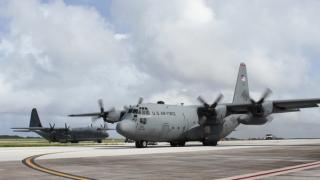Executive summary
- No state today has the potential to seriously rival the US as a global military power and this is unlikely to change over the next one to two decades.
- US nuclear planning has become more conscious of the need to address China’s ability to potentially hold American and allied targets at ransom during any escalation contingency in the region.
- Whilst Australia assumes the US would extend its nuclear umbrella in the event that Australia was ever subject to nuclear coercion or attack, this has never been formally confirmed.
Whilst the contemporary US-Australia alliance has been historically strong, it reached a high point during the decade 2001-2011 as the relationship became more global in its focus. Since then, alliance relations have continued to intensify with successive AUSMIN communiqués and President Obama’s 2011 visit to Australia as part of the broader Asia pivot strategy. There is however a distinctive tendency among supporters of the US-Australia alliance to focus on present and past achievements and to overlook the potential issues that may confront the alliance in the future. Particularly overlooked are three key challenges revolving around the ‘alliance security dilemma’, itself characterized by the dual fears of abandonment and entrapment. Managing alliance burden sharing, China and the risks of containment, and credibility and extended nuclear deterrence poses a strategic challenge to the alliance. Australia should adopt a more proactive position in pushing for enhanced dialogue with the US on these issues.






